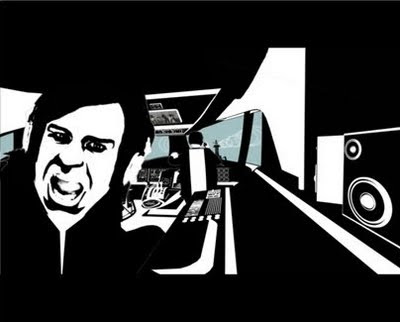However, if you shoot at 4k you have a few advantages. Firstly you have the same depth of field that you get when you shoot on 35mm film. That should already be reason enough! But for me personally, the real bonus of shooting at 4k is that when you edit in 2k you have an oversized image. This might sound like an unnecessary waste of file size and storage, but when you are editing your footage, it means you can change the crop, zoom in and out of the image or even take out any camera moves with steadying effects.
There is a particular shot in Light Rain (below) where we have a slow and steady zoom into Jade's face. This was created completely in post with a slow up-scaling of the image. As the image was originally shot at 4k, we don't lose any of the details or get any unwanted pixilation. This was a real life saver in the edit as the slow move really helped the shot. This really makes it worth shooting at 4k...even with all the extra storage headaches and workflow problems you will incur.
The digital media is recorded on to a 320GB hard drive (approx 3hrs at 4k), or 8GB CF Cards (approx 4 minutes at 4k). As it is a tapeless format, the data needs to be backed up on to portable drives and so a good DIT is always recommended with an onsite laptop and backup drives.
The RED One records the data as a R3D RAW file, which is basically the video equivalent of RAW files in stills photography. This means that you have much more flexibility with color correction and adjusting different levels in post-production without being destructive to the image.
The huge file sizes that 4k will produce can be really problematic in your workflow. Therefore it is best to create an offline edit (low res version) and edit all your content from there. Then once you have all your footage in the correct sequence you can take the timecodes from the offline edit and simply place them into the online edit...hey presto you have a high res edit made from your offline timecodes.
Sounds simple? Well it doesn't always go as smoothly as that and sometime cross-pollinating software is a recipe for disaster as sometimes they don’t recognise each others timecodes, but if you can work through the temporary glitches and buffering issues it will be worth it in the end. And when you see the final results, you won't want to shoot on anything other than 4k!

This is handy screensaver as a good reference for all the different format sizes.



 The point is that these things can happen at any stage in film making and noticing them before release is the hard part. However, once you have spotted a mistake, you can either choose to ignore it or you can correct it in post-production (but this can be costly and time consuming - so your budget and deadline might suffer).
The point is that these things can happen at any stage in film making and noticing them before release is the hard part. However, once you have spotted a mistake, you can either choose to ignore it or you can correct it in post-production (but this can be costly and time consuming - so your budget and deadline might suffer).



